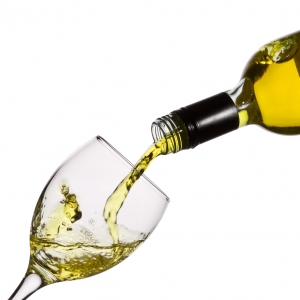On June 12, 2014, The Trademark Trial and Appeal Board (“TTAB” or the “Board”) reviewed the Appeal of Fibre-Crafts Materials Corp. (“Applicant”) who had filed a trademark application for the mark BENDASTIX for jewelry making kits and arts and crafts hobby kits for making toys. The Examining Attorney refused the application based on a likelihood of confusion with Merchant Media, LLC’s (“Registrant”) registrations for the marks BENDAROOS (standard character and stylized versions) and BENDAMODEL (standard character) for “flexible building, modeling, and craft toys, namely bendable toys”. See In re Fibre-Craft Material Corp., Serial No. 86727475 (June 12, 2014). The TTAB reversed the refusal. The Board determined that the Registrant’s marks contained a highly suggestive term (“Bend”) in connection with its goods and therefore was entitled to a narrow scope of protection which would allow Applicant’s mark BENDASTIX to co-exist.
The Board relied on the factors in In re E.I. du Pont Nemours & Co., 476 F.2d 1357 177 USPQ 563 (CCPA 1973), and analyzed the probative facts in the record. First the goods were compared as recited in the trademark application and registrations. The applicant was seeking registration for kits for making jewelry and arts and crafts hobby kits for making toys. The Board held that the record did not present any facts to support a relationship between jewelry kits and toys that are bendable. However, the Board found that Applicant’s arts and crafts hobby kits could include bendable toys. Neither the Applicant nor the Registrant limited the trade channels in which the goods will be distributed. At this point in the analysis, the du Pont factors weigh in favor of finding a likelihood of confusion for Applicants craft kits, but not its jewelry making kits.
The next step in the analysis is to evaluate the strength of the marks. The Board will look to the number of similar trademarks on like goods. If multiple third party marks use a particular term for similar goods, the mark may be considered weak. See Palm Bay Imp. Inc. v. Veuve Clicquot Ponsardin Maison Fondee En 1772, 396 F.3d 1369, 73 USPQ2d 1689 (Fed. Cir. 2005). The Board provided an example of a highly suggestive term (“Grand Hotel”) that when used in connection hotel branding was considered weak. In the instant case, due to the extensive use of the term BEND for toys, those marks that incorporate this highly suggestive term, receive a narrow scope of protection. The extensive use of the term BEND demonstrates that consumers have become accustom to distinguishing “BEND” marks in the toy category, based on minor differences between the marks.
 New York Trademark Attorney Blog
New York Trademark Attorney Blog


